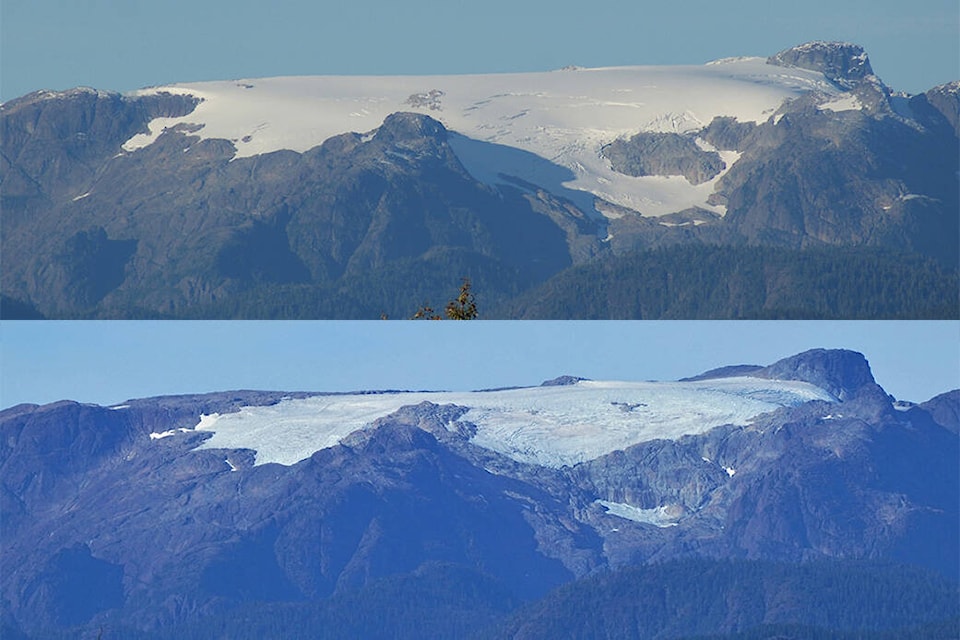Dear editor,
In 1988, NASA climate scientist James Hansen’s powerful testimony to the US Congress (https://bit.ly/2WZiFnf) made clear the threats posed by climate change.
At that time, the carbon in the atmosphere was 348 parts per million (ppm), measured at the observatory on Mauna Loa, Hawaii. Even then, NASA experts were saying how dangerous it would be to get anywhere near 400 ppm.
The 1990s were the lost decade when we could have turned this around. That was when a smart carbon reduction plan should have been implemented. But because of a criminal misinformation campaign by oil companies and their bought scientists, the conversation, and the money, still flowed to the fossil fuel industry. Records were being set on how deep they could drill oil wells in the Gulf of Mexico, and off the coast of Newfoundland. Research money also went into learning how to frack better. The only bright spot of the whole decade was GM’s EV1 electric car, which was terminated and crushed in 2002. There’s a YouTube documentary on this subject called “Who Killed The Electric Car?” (https://bit.ly/3oPabus)
Wasted decades have since gone by, and even the economic costs of a global pandemic have not slowed the rise of atmospheric CO2. At 418 ppm today, we are well past the danger line. The “build back better” plan will not work now, and is made up of words to stall action a bit longer. Even Greta Thunberg’s Youth4Climate has figured this out, and I quote Greta. “Build back better. Blah, blah, blah. Green economy. Blah blah blah. Net-zero by 2050. Blah, blah, blah.”
There is only one thing left we can do now and that is to ration carbon, with a hard consumption cap on everybody on the planet, including the rich. Countries and people are calling this new policy idea a “fair share” for carbon emissions.
Here in British Columbia, we lost 569 people during the heat dome event in June, billions of marine animals were killed, along with the incineration of Lytton, plus all the devastating wildfires in the Interior. The Comox Glacier lost an estimated 15 vertical feet in the past year, and an estimated 95 vertical feet since 2013. Regarding our water situation in the Valley, all we have to do is look at what is happening on the Colorado River, where they have overbuilt during a drought. Sound familiar? I guess the only question now is how many casualties, both biological and economic, will it take for us to act?
Fred Fern,
Merville
